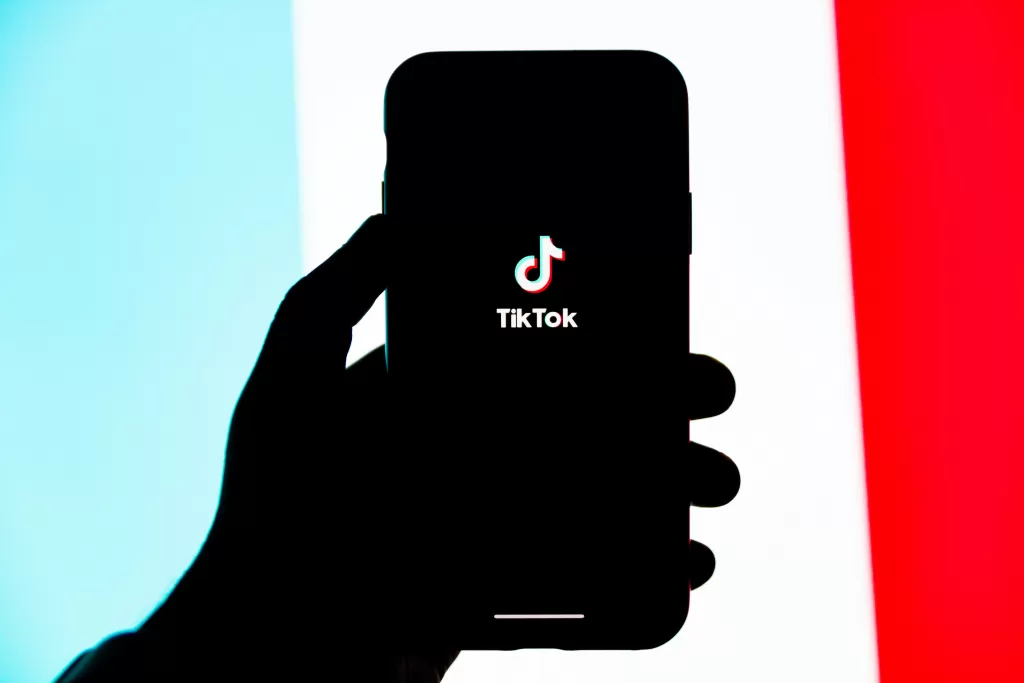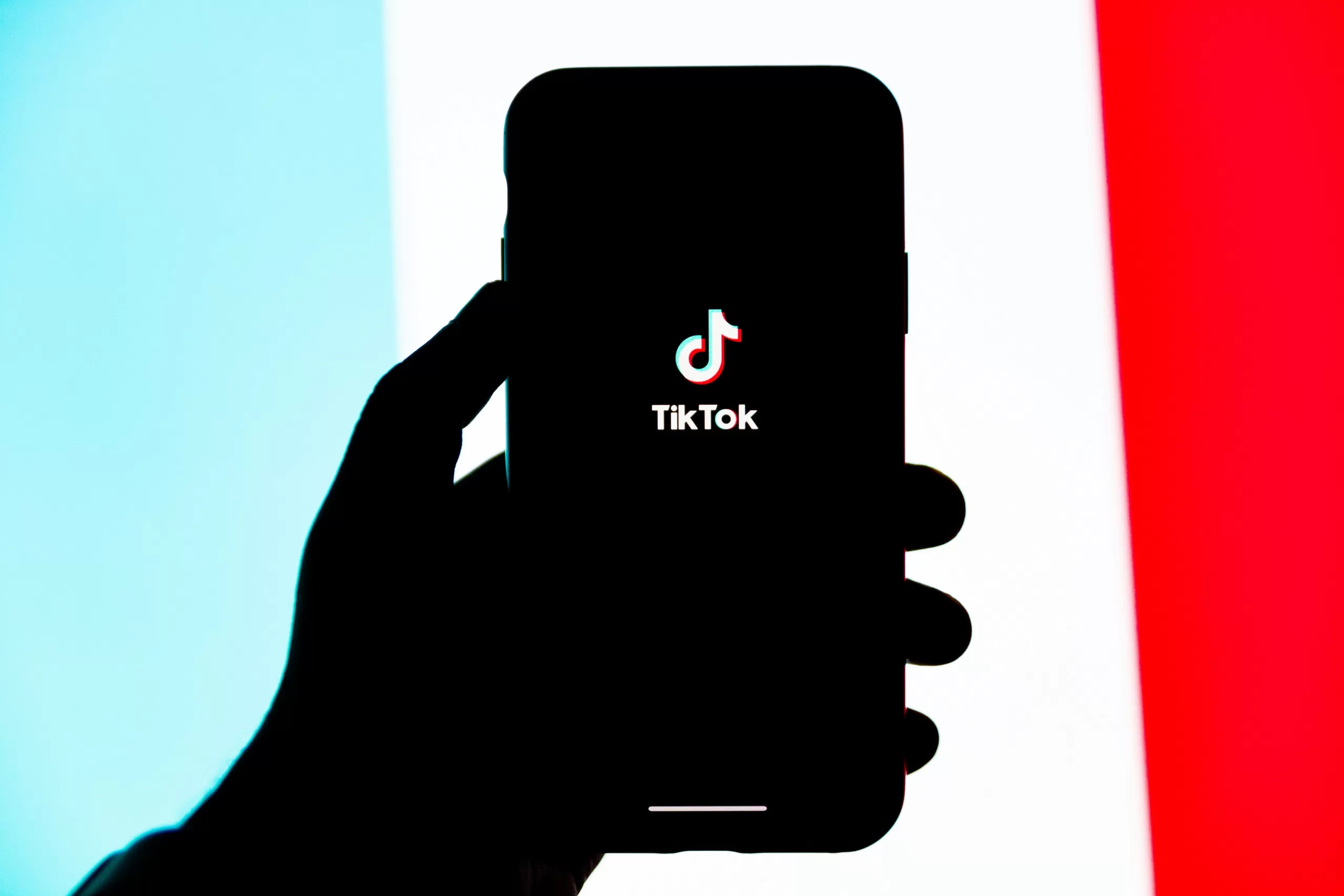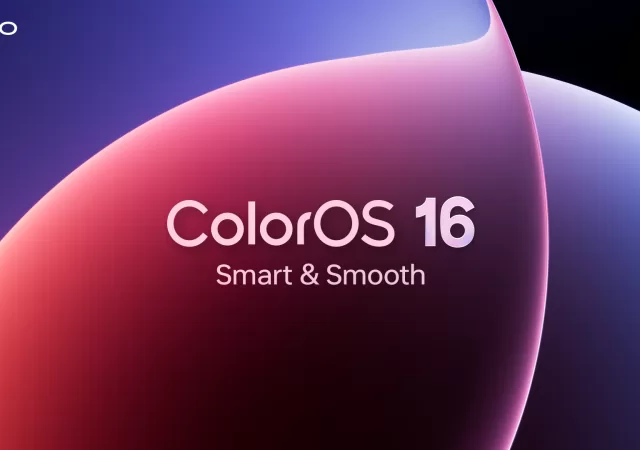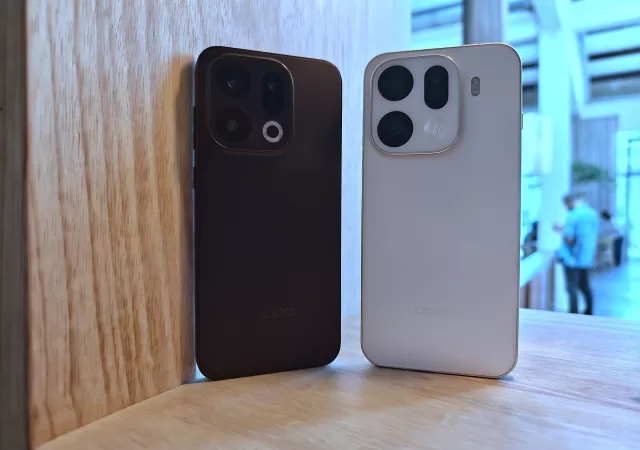The short-form video king, TikTok, is making waves with a bold experiment. The platform is currently testing the ability for users to upload videos up to 60 minutes long, a significant shift from its traditional bite-sized content format. This move has sparked speculation about TikTok’s potential ambitions to compete directly with YouTube, the established leader in long-form video streaming.

TikTok’s core identity has been built on its emphasis on short, engaging videos. The app’s initial focus was on 15-second clips, gradually expanding to 60 seconds and then 10 minutes in recent years. This latest test with 60-minute uploads marks a dramatic departure from the platform’s core format.
While some see this as a direct challenge to YouTube, the implications remain unclear. TikTok’s existing user base might not necessarily embrace hour-long content, and established YouTubers might not readily migrate to a new platform. However, the possibility of attracting new creators who prefer TikTok’s interface or community dynamics cannot be ignored.

The introduction of longer videos opens doors for a wider range of content formats on TikTok. Imagine educational tutorials, in-depth interviews, or even live-streamed events finding a home on the platform. This could potentially attract viewers seeking a different type of long-form content experience compared to what YouTube offers.
Whether TikTok’s foray into longer videos becomes a permanent feature or a fleeting experiment remains to be seen. One thing is certain: the landscape of video content is evolving. Users now have access to a diverse range of platforms, each catering to specific preferences for video length, format, and community engagement. This competition between platforms ultimately benefits users by driving innovation and offering a wider variety of content to choose from.






